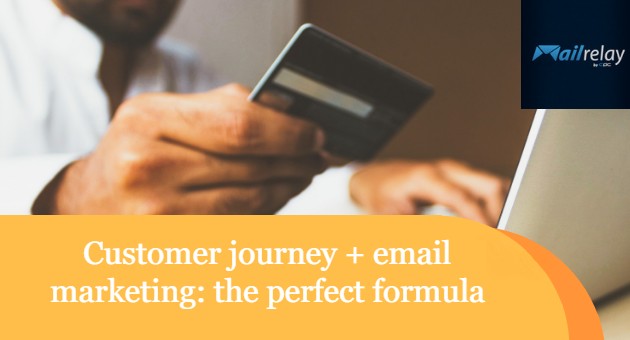
You will certainly not be surprised if I tell you that email marketing is one of the main channels through which you can (and should) follow your potential customer throughout the buying process.
But, as with almost all marketing actions, these actions must be in tune with the customer journey to get results.
What is it?
Basically, the sum of all the stages a person goes through before becoming a customer.
So if you want your emails to help you get results, you must know what stage each one is in.
Only then can you provide the best content to help them move to the next stage and reach the point of purchase.
Just as you don’t talk to a stranger the same way you talk to your best friend, you can’t send the same email to someone who has just met you as to someone who is already a customer.
So if you want your email marketing to work, my advice, besides working on your SEO strategy, is to know what is customer journey.
That will be my goal in this post: to help you achieve that goal by talking about:
- What exactly is the customer journey, and what are its phases?
- Why is it so important to consider this aspect in email marketing campaigns.
- How you can get more out of this strategy to get better results.
· – What is the customer journey?
Every relationship goes through a series of stages until it is consolidated.
And in the case of sales, it is the same thing; for that sale to finally happen, you need to go through a whole journey in which you need to win the trust of your potential customers.
All these steps, from the moment when a person looks for your product or service until they buy from you, is the customer journey.
And this is a process everyone will go through because a user rarely buys a product without any previous contact with the company.
Hence the importance of understanding this concept and applying it to your email marketing strategy 😉
► Customer journey: definition
Before giving a more exact definition of the customer journey, or buyer’s journey, I want you to know the phases of a conversion funnel or inbound marketing funnel (since they are closely linked to the stages of this process).
The phases of the inbound marketing funnel refer to the buying process your potential customers go through from the moment they detect that they have to solve a need until the moment they buy from you.
Therefore, a very smart decision would be to provide them with valuable content according to these phases, which are as follows:
- TOFU (Top of the funnel). At this stage, the user has detected that they have a need and are looking for more information about this. To start the customer journey, you should create educational content based on informative keywords that answer their questions.
- MOFU (Middle of the funnel). Here they already understand what they want and are evaluating different options. For the user to move forward in this process, you should prepare more specific content based on transactional keywords.
- BOFU (Bottom of the funnel).
This is the time of conversion and, therefore, when you should provide more practical content for them to decide to buy from you.
For example, special offers or free trials.
As you can see, the topic of keywords also has a place in this because, from your users’ search intent, you can identify what stage of the funnel they are in and, therefore, of the customer journey.
That is, if they are already at the point of purchase or if they are still looking for information, without necessarily knowing that they have a need that they will end up satisfying in some way.
Therefore, understanding the phases of a conversion funnel in inbound marketing helps us understand this:
The customer journey is the “journey” your user goes through in the buying process until the sale is completed.
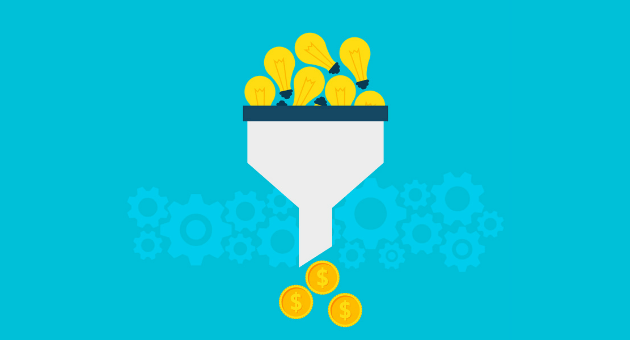
► Stages of the customer journey
Here are the 4 stages that make up any company’s customer journey:
- Discovery. This is the stage when the user has detected that they have a problem but have yet to show interest in any specific brand. Therefore, they will search for valuable information that will help them get more clarity about the solution they need through informative keywords.
- Research. After identifying the problem and possible solutions, the user will consider the different options available in the market to help them by doing transactional searches such as “running shoes”
- Decision. In this phase, they will analyze all the information they have and be immersed in a decision-making process. Therefore, this is the moment when you must show them that your offer is what they need (using a mass mailing campaign, for example).
- Buying. Although it is the last phase, the customer journey doesn’t end with the purchase. After the purchase, it is time to work on customer loyalty and thus encourage second purchases and word of mouth.
In summary, the phases your customers go through in the customer journey are:
- Search for answers.
- Researching the problem.
- Comparison and consideration of alternatives.
- Making a purchasing decision.
All of these phases can be incorporated into your email marketing strategy; you just need to create the most appropriate content for each case.
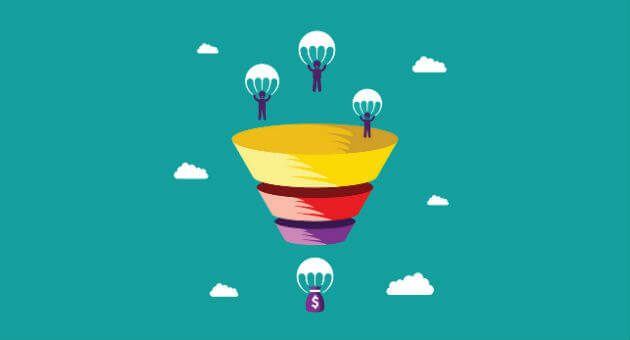
· Importance of the customer journey in email marketing and for mass mailing
But to be effective, it is essential that each mailing you send has a defined plan with content and links focused on each of its stages:
- We’ve talked about content before, referring to the TOFU, MOFU, and BOFU stages of a conversion funnel.
- Regarding the links, we recommend that you work very well on the SEO of the landing pages so that, with each click, you improve your ranking.
In any case, your email marketing campaigns should be linked to your target customer’s buying process.
Here are some reasons why this is so important:
► Closing sales
Email is the closest way, after the telephone, for us to get in touch with our potential customers.
Most of them have uninterrupted access to their inbox so that they can read your emails anytime.
If you add to this the fact that what they will receive is content aligned to the process stage, the effectiveness will increase, and you will make them feel that your brand cares about and pays attention to them.
►Measurable
Everything you do in email marketing and mass mailing campaigns, and how users respond to the emails they receive, can be measured.
And collecting this data always leads to process improvements.
So, for example, if you detect that one of the stages is giving results that could be improved, you have the opportunity to modify some aspects of that email, such as the text, the subject line, or the content sent, to optimize its performance and get more subscribers to move on to the next stage.
► Customizable
We can send the right message at the right time with a proper email marketing strategy.
In other words, we can tailor the content of the email to the stage of the customer journey that each customer is at.
This is especially important because what a person who has just learned about your brand needs to find is not the same as what a person who has already bought from you and moved on to the loyalty stage needs.
Social media, for example, doesn’t have this power of personalization, although there are targeting options if we talk about paid ads.
On the other hand, in organic publishing, the message is the same for the entire audience, so that that email will be a more effective way in that regard.
► Automation tools
Through well-planned email marketing campaigns, you can automate the buying process of your potential customers on a large scale.
In other words, it is not necessary that every day you identify which stage each of them is in and send the corresponding email.
Through conversion funnel automation, you can create a system that is in continuous operation and sends the email each person needs at the most appropriate time.
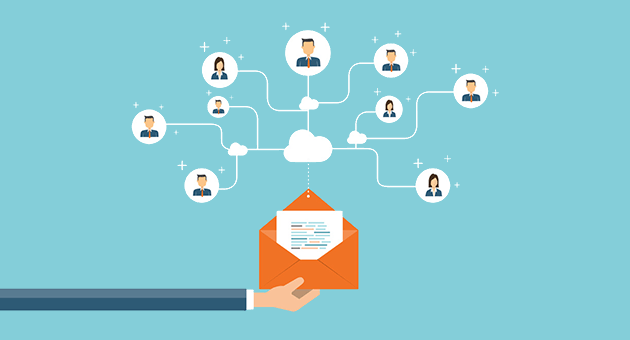
· How to take advantage of the customer journey in your emails
Next, to better align your email marketing strategy with the customer journey, I will share with you a series of tips that can be applied to each of the phases and that will help you increase the percentage of people who move from one to the other.
► Define your buyer persona
This preliminary work should be done before writing your emails.
It consists of creating a profile of your ideal customer, in which you consider the demographics, interests, concerns, frustrations, and all relevant information you should take into account when addressing them.
You can also further research their problem and how it affected them to refine your communication.
This information will help you better understand your users’ behavior at each stage, find the perfect way to capture their attention, and get them to start the process with you.
If you have more than one ideal customer, you should define both.
► Database segmentation
Segmentation is one of the main aspects that make email marketing a perfect tool to get the most out of the customer journey.
The reason is that through this feature, you can offer at each stage the content best suited to the situation the user is in and their needs at that moment.
Today, email marketing tools like Mailrelay offer a high degree of segmentation.
And, no doubt, it is a fantastic contribution to creating a strategy consistent with the buying process.
For example, you can segment by recipients or buyer persona type, content, and customer journey stages.
Although it also educates, this tip is more linked to the decision and loyalty phases.
That is when the user already knows your brand and knows what you offer.
Through these weekly emails, you can share relevant content about your niche, information of interest, discounts, and promotions …
Here you can also use segmentation and create different emails for those who are already customers or those who are not yet.
This way, you can adjust the content you send them, making your campaigns more effective.
► Include customer testimonials
This type of message carries more weight in the consideration phase.
The reason is that testimonials are an excellent tool to convince users to work with you.
These unbiased opinions come from people outside the company and therefore have more leverage.
So if you don’t already have testimonials from your customers, create a procedure to collect feedback from those who have already trusted you.
► Offer discounts
This strategy is very useful for convincing the most undecided users and leading them to the checkout page.
Add elements of urgency or scarcity. You can increase the effectiveness of this technique, as it will lead users to act out of fear of being unable to access the offer with these advantages later on.
Some examples could be limiting the discount expiration time, offering free shipping, a free gift, or an extra feature…
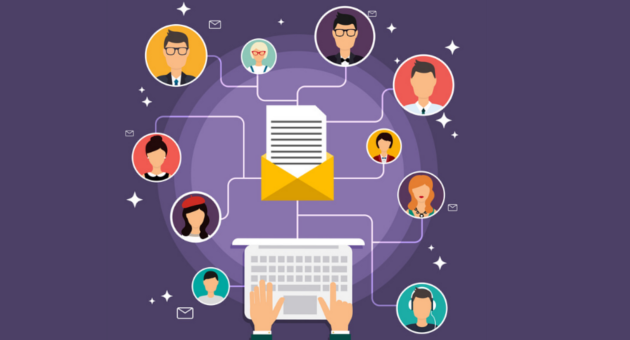
· Do you have your Customer Journey defined?
In summary, to get the most out of the customer journey, you must know its different stages and your users’ needs at each stage.
Remember that analyzing the search intent of the keywords in your market will help you identify in which stage each potential customer is.
Based on this, you can generate ideas and content to include in your emails to move your potential customer forward to the point of purchase.
The customer journey should be the map that guides all your email marketing actions.
This way, your strategies will always align with your customer’s awareness level and be more effective.
Translated by Micheli.